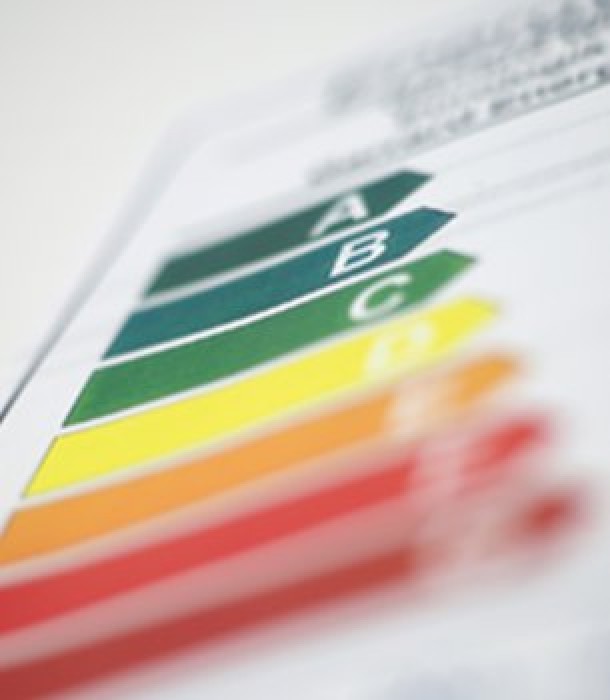If your home is single glazed or your double-glazing was installed prior to April 2002 then you could be losing more heat than necessary, and therefore money literally out of the window. However, by switching to Energy Efficient Windows you can save energy and reduce your household bills.
The latest energy efficient glass is called ‘low emissivity’. This glass contains an invisible metal coating on one of the two sheets of glass that make the window. This makes the glass reflective, keeping heat in and the home warmer in the winter and reflecting heat back in the summer, making the home cooler.
Look for the BFRC label and talk to the supplier.
No. In the BFRC rating scheme the whole window (including the frame and any casement) is rated on its energy saving properties.
This figure is the Energy Index and it shows how much energy the window will save or lose once it has been installed, this will depend on the building, local climate and indoor temperature.
A positive value means the window will enable more energy (free heat) to pass through the glass and into the room than is going to be lost through the window, therefore the window is a ‘free energy’ supplier.
The cost varies not only between the various ratings (A to E) but is also dependent on the frame materials used and the size and style of window. A rated windows will usually cost more than B, C, D and E rated windows, but this has to be set against the energy savings you will make as you go up the ratings scale. The rule of thumb is that Energy Efficient Windows cost less than the heat lost through old windows, over a given period of time.
If you use an Energy Efficient Window supplier who is also a member of the Glass and Glazing Federation, they will use an Energy Calculator. This allows them to input information on your energy supplies, the cost of that energy, the type of property you live in, your existing windows and the type of Energy Efficient Windows your are purchasing. At a press of a button your annual energy saving can be calculated.
In addition, a comparison in energy saving costs can be provided for the different ratings of windows.
Visit the GGF website – to find your local member company.
It is generally recognised that if you live in a single glazed house and install Energy Efficient Windows you could reduce the energy you use by 0.30 tonnes (or 18%) per year. This calculation is based on ‘an average, semi-detached house’.
Glass doors are to be included in the BFRC rating scheme in late 2010. Conservatories are currently excluded.
BFRC (British Fenestration Rating Council) is a wholly owned subsidiary of the glazing industry’s trade association, the Glass and Glazing Federation. Its ratings scheme for Energy Efficient Windows is a voluntary scheme that uses energy labels specifically produced for windows that are similar to the energy labels seen on most household appliances.
It sets extremely stringent standards for windows to be rated.
The BFRC Scheme is the UK’s national system for rating the energy efficiency of windows and is recognised within the Building Regulations as a method to show compliance for your replacement windows installation.
Window Energy Ratings use a consumer-friendly traffic-light style A-E ratings guide similar to that used on ‘white’ goods (such as fridges, freezers, washing machines etc…). This ratings label can be used by you to make more informed choices about the energy efficiency of the windows you are looking to purchase.
With carbon emissions high on the global agenda and the current high cost of fuel, we are all looking for ways to make our homes more energy efficient.
Each window rated by the BFRC has a unique label. This label will display the following information:
Simply put this will determine how well a product will perform the functions of:
Energy Efficient Windows are easy to recognise – simply look for the BFRC Label.
The most energy efficient windows (rated A to C) also carry the Energy Saving Recommended logo issued by the Energy Saving Trust
